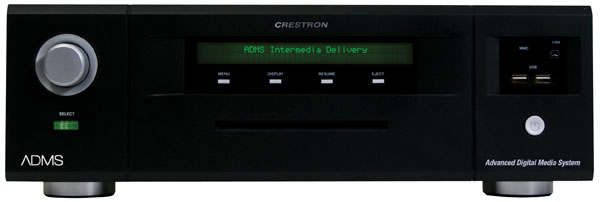Why the Home Media Server Market Is Worth Billions?
You might never think of it but the global Home Media Server market will worth over US $200 billion, by 2020. This is due to the growth in digital media services, according to a report titled “Home Media Servers: A Global Strategic Business Report” by Global Industry Analysts. The easy installation of networking devices, such as PCs, Laptops and Tablets and the power of mobile devices and their ability to provide wireless Internet access help by our willingness to share is fuelling the need for home media servers, said the report.

The introduction of connected media player display technologies in the new LCD and LED television models has helped fuel significant demand for home media servers. For better viewing experience many of us prefer to stream our favourite movie and games to big screen LED TVs from our home media servers.
The typical home will have one or a combination of the following networking devices: home gateway, advanced router, powerline network adapter and Wi-Fi range extender, these help to enhance the efficiency of home network connectivity and make the internet more accessible.
According to Global Industry Analysts, a challenger to the traditional home media servers is the Network-Attached Storage (NAS). This is because of its exceptional storage capacity and most NAS devices are capable of streaming high-definition movies to media players on a network without buffering or stalling.
An advanced home media server/NAS is designed to allow us to search, sync and stream media files as an integrated part of the home automation system and also access live home surveillance, and control home appliances through any connected device from any point in the home.
The United States represents the largest market worldwide, according to the report. Asia-Pacific is forecast to emerge as the fastest growing market with a projected CAGR of 26% over the analysis period, led by China and India. Key factors driving growth in the region include growing consumer affluence and rapid proliferation of connected devices and surging home network subscriptions.